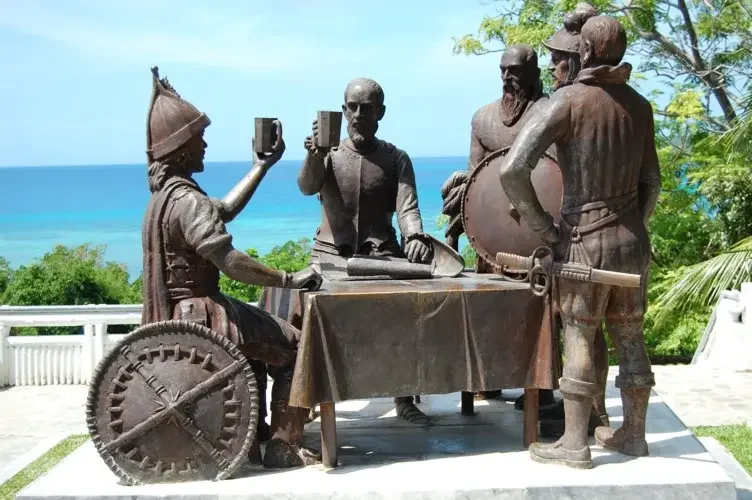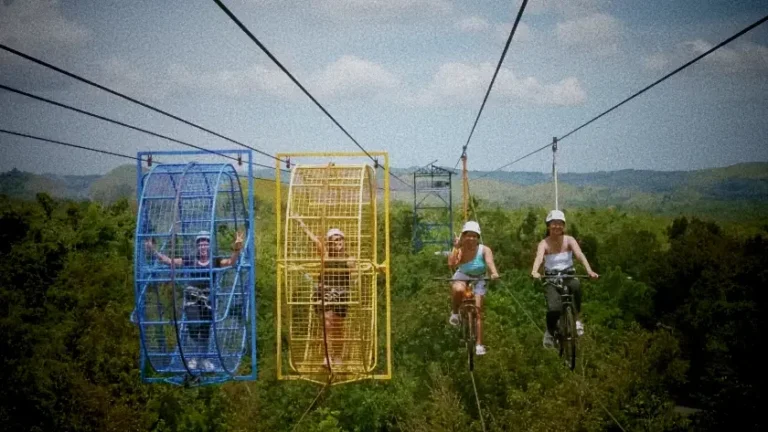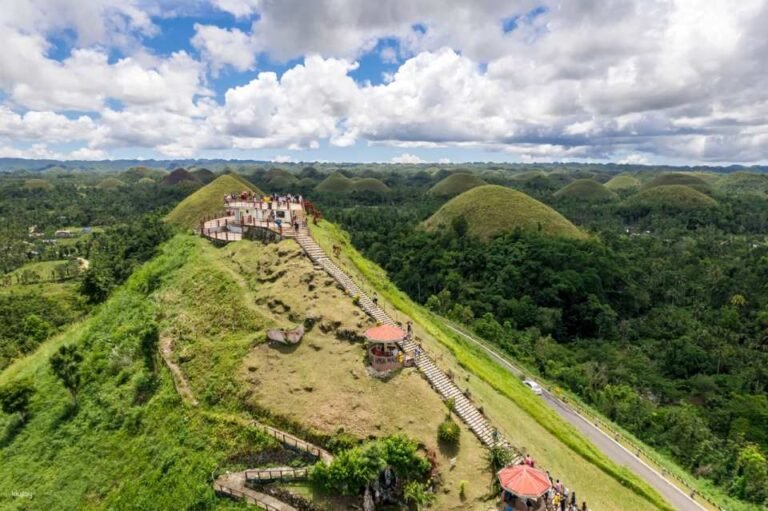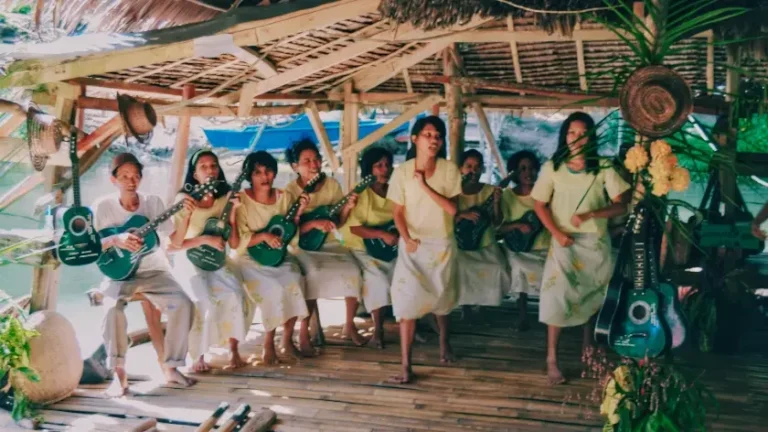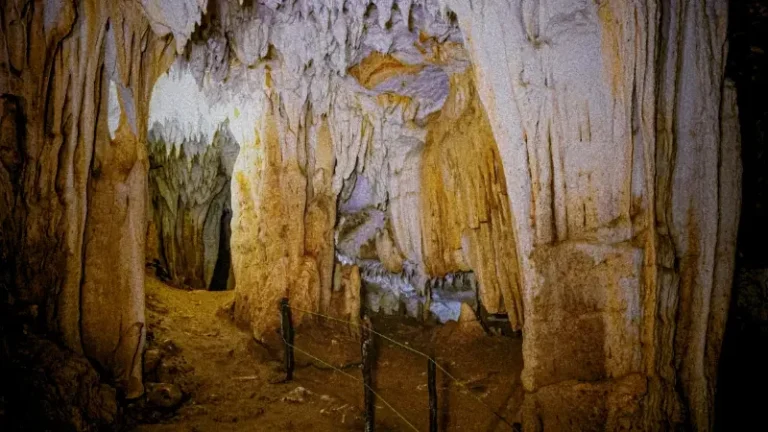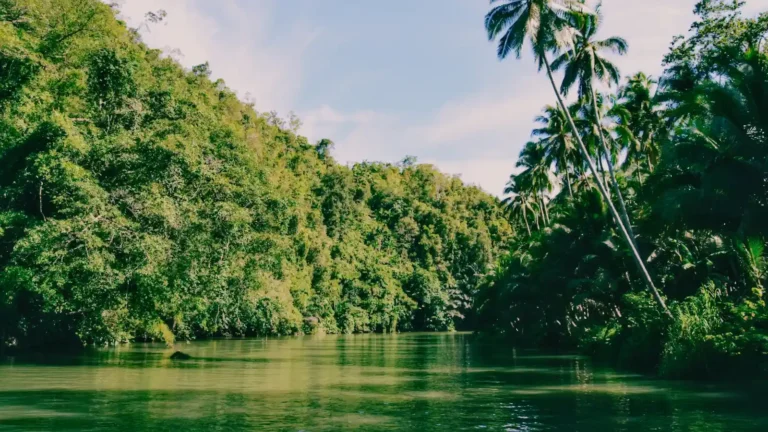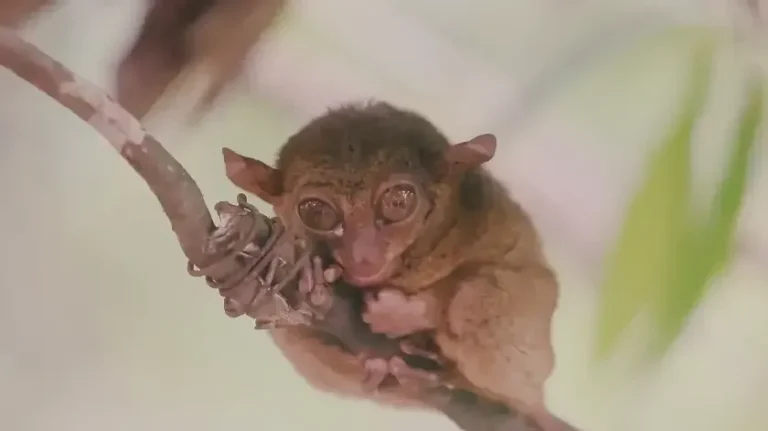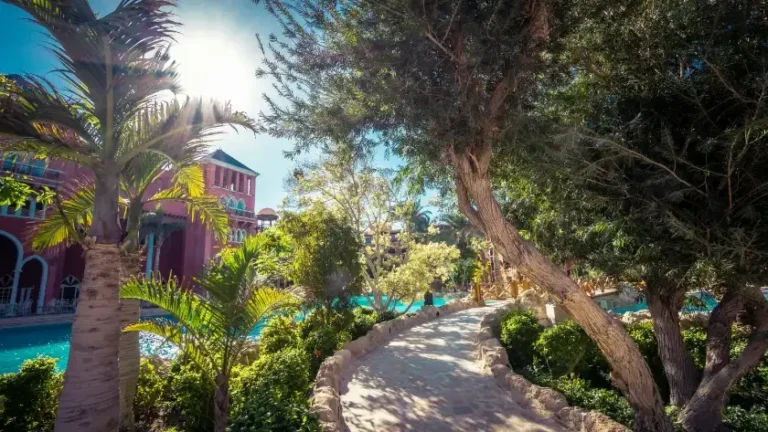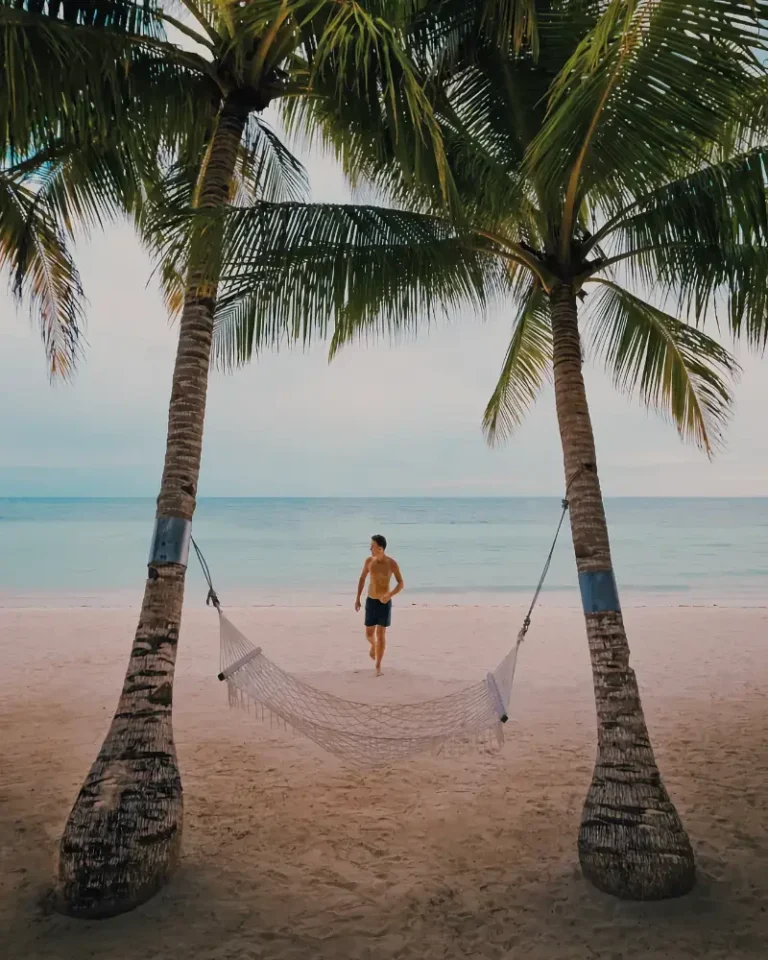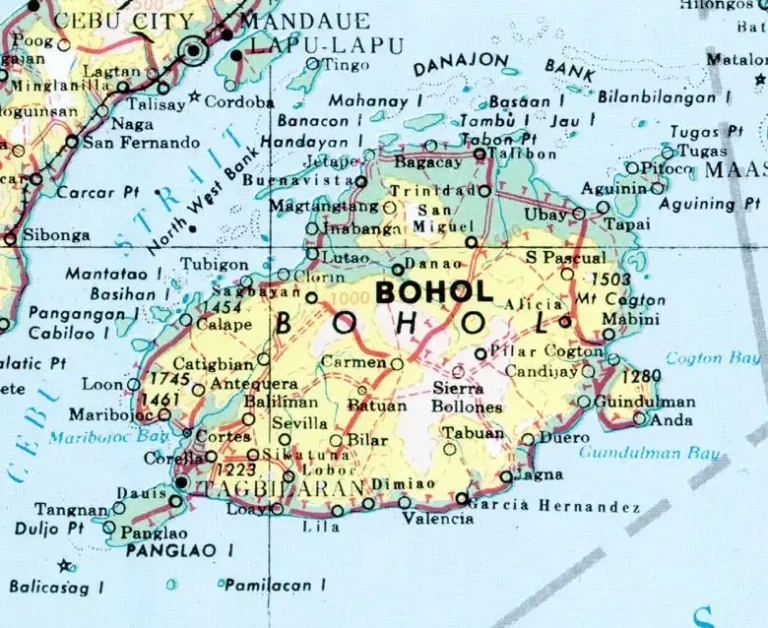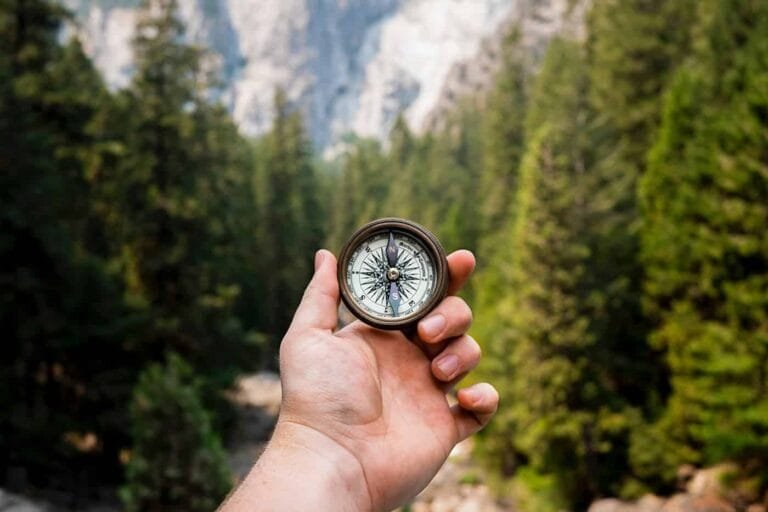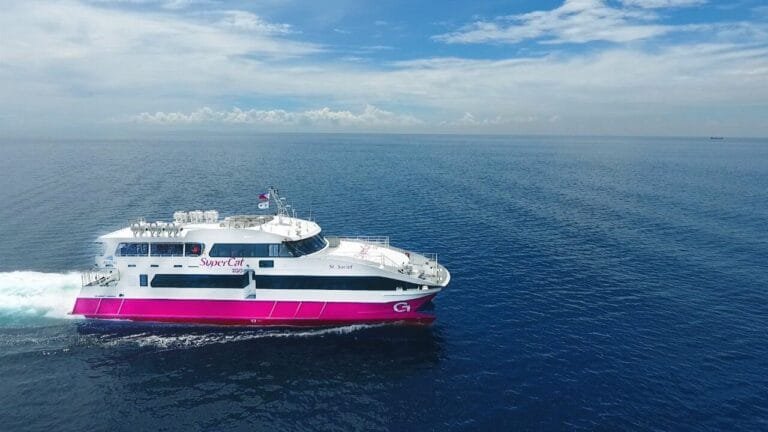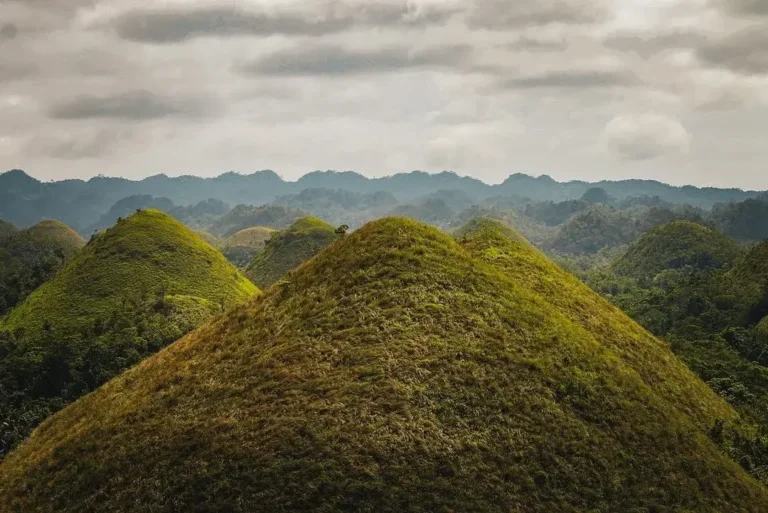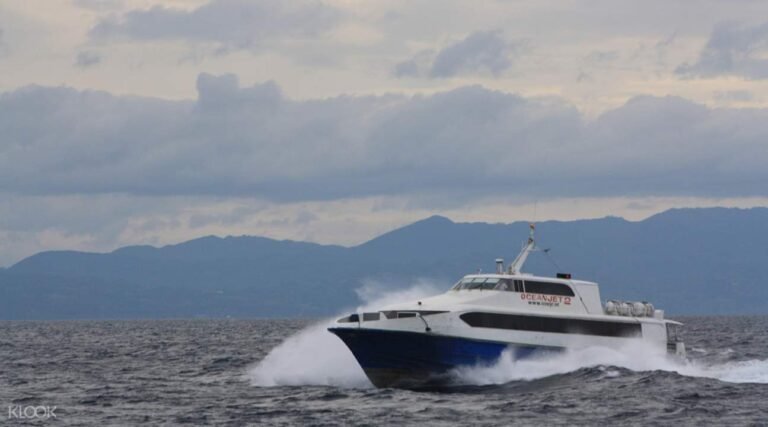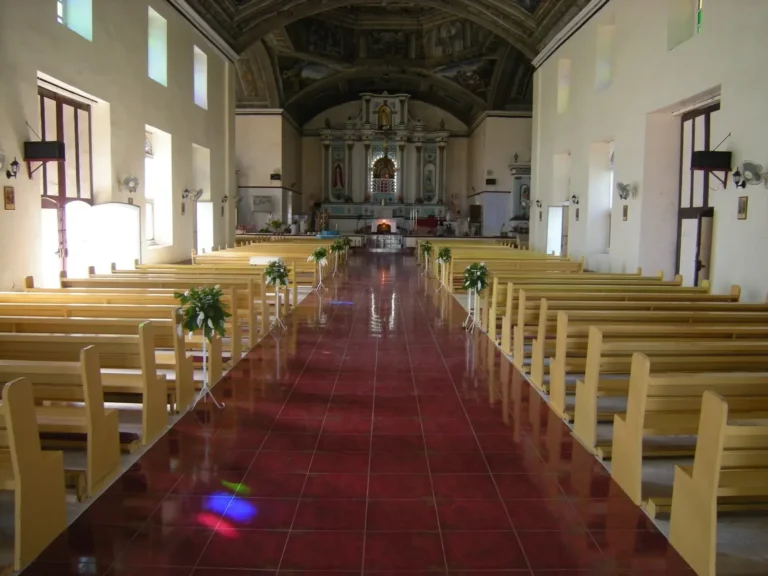Bohol Birdwatching Guide – Where to Spot Endemic & Migratory Birds
The first light of dawn breaks through the canopy at Rajah Sikatuna Protected Landscape, and suddenly the forest erupts in a symphony of calls. A flash of azure and orange catches your eye – the rare Azure-breasted Pitta, one of the Philippines’ most sought-after endemic birds. This magical moment captures why serious birders are discovering that Bohol offers far more than just Chocolate Hills and pristine beaches.
Home to over 120 documented bird species across diverse habitats spanning 4,821 square kilometers, Bohol represents one of Southeast Asia’s most accessible yet pristine birdwatching destinations. From the dense dipterocarp forests harboring endemic species found nowhere else on Earth to coastal mangroves teeming with migratory visitors, this island province delivers world-class birding experiences that rival any destination in the Philippine archipelago.
Whether you’re a dedicated lifer-seeking ornithologist or a casual nature lover hoping to spot colorful tropical birds, Bohol’s varied ecosystems provide encounters that will transform your understanding of Philippine biodiversity.
Best of Bohol Attractions
Why Bohol is a Premier Birdwatching Destination
Bohol sits within the Philippine Endemic Bird Area, a globally recognized biodiversity hotspot where millions of years of isolation have created unique species found nowhere else on Earth. The island’s strategic location in the central Visayas, combined with its remarkable habitat diversity, makes it an essential stop for any serious Philippine birding adventure.
The island’s 9,023-hectare Rajah Sikatuna Protected Landscape preserves the largest remaining lowland dipterocarp forest in the Visayas region, providing critical habitat for endemic species that have vanished from more developed islands. Coastal mangrove systems, agricultural landscapes, and secondary forests create additional niches supporting both resident populations and seasonal migrants from across Southeast Asia.
What sets Bohol apart is accessibility – world-class birding sites sit within 2-3 hours of comfortable accommodations, allowing birders to maximize field time while maintaining creature comforts that longer expeditions can’t provide.
“Bohol’s Rajah Sikatuna was the highlight of our Philippine birding trip—we recorded 47 species in a single morning, including 8 endemics we’d been hoping to see for years!” – BirdQuest Traveler ⭐⭐⭐⭐⭐
Book Your Bohol Birding Adventure Now
🦜 Reserve Your Private Bohol Birding Tour
✅ Expert local guides with 15+ years experience
🌿 Access to protected forest areas & rare species
📷 Small groups (max 6) for optimal wildlife encounters
⏰ Peak season fills up fast – secure your dates!
👉 Check Available Dates – Don’t miss the migration window!
Top Birdwatching Locations in Bohol
Rajah Sikatuna Protected Landscape
The crown jewel of Bohol birding, this 9,023-hectare protected landscape represents the Visayas’ most important remaining lowland forest ecosystem. Located in the interior municipalities of Bilar and Sierra Bullones, approximately 90 minutes from Tagbilaran City, Rajah Sikatuna offers the Philippines’ most reliable site for encountering multiple endemic species in a single visit.
The forest’s network of well-maintained trails provides access to primary dipterocarp habitat where Azure-breasted Pitta, Philippine Frogmouth, Samar Hornbill, and Visayan Broadbill thrive in stable populations. Early morning visits (5:30-9:00 AM) during the dry season produce the highest species counts, with experienced birders regularly recording 40-60 species during productive sessions.
Target Species: Azure-breasted Pitta, Philippine Frogmouth, Samar Hornbill, Visayan Broadbill, Visayan Fantail Best Time: November through May, dawn visits essential Difficulty: Moderate hiking required, experienced guides recommended
Candijay Mangrove Forest & Boardwalk
This community-managed eco-tourism site showcases Bohol’s coastal birding opportunities while supporting local conservation efforts. The 1.2-kilometer elevated boardwalk system provides excellent vantage points for observing mangrove specialists without disturbing sensitive nesting areas.
Candijay’s diverse habitat mosaic includes established mangrove stands, mudflats exposed during low tide, and adjacent agricultural areas that attract both waterbirds and forest edge species. The site particularly excels during migration periods when various egret and heron species concentrate in impressive numbers.
Target Species: White-bellied Sea-eagle, Mangrove Blue Flycatcher, various kingfishers, herons, and egrets Best Time: Early morning high tide for concentrated feeding activity Difficulty: Easy walking, suitable for all fitness levels
Anda Forests & Agricultural Landscapes
Eastern Bohol’s Anda region combines secondary forest patches with traditional rice paddies and coconut groves, creating edge habitats that support diverse bird communities. While lacking the endemic concentrations of Rajah Sikatuna, Anda offers excellent general birding with opportunities to observe common Philippine species in beautiful natural settings.
The area’s accessibility makes it perfect for combining birding with Anda’s famous beaches and cave pools, allowing travelers to diversify their eco-tourism experience while still pursuing quality bird encounters.
Target Species: Philippine Oriole, Lowland White-eye, various doves and pigeons, raptors Best Time: Year-round, particularly productive during rice planting season Difficulty: Easy, perfect for casual birders and families
Inabanga Wetlands & River Systems
The Inabanga River watershed creates crucial freshwater and brackish wetland habitats that attract waterfowl, shorebirds, and riparian forest species. These areas remain largely off the standard tourist circuit, providing authentic community-based birding experiences while supporting local guide programs.
Target Species: Various waterbirds, kingfishers, seasonal migrants Best Time: Migration seasons (March-April, October-November) Difficulty: Variable, community guides essential
Best of Bohol Nature & Wildlife Tours
Endemic Birds of Bohol: Species Highlights
Bohol’s position within the Greater Mindanao Faunal Region means the island hosts numerous endemic species that have evolved in isolation over millions of years. These evolutionary treasures represent the primary targets for visiting birders.
Azure-breasted Pitta (Pitta steerii): Perhaps the Philippines’ most beautiful endemic, this ground-dwelling species inhabits Rajah Sikatuna’s forest floor. Its stunning blue breast and intricate plumage patterns make encounters unforgettable.
Philippine Frogmouth (Batrachostomus septimus): A nocturnal species most reliably seen at dawn or dusk roosts within Rajah Sikatuna. Its cryptic plumage provides perfect camouflage against tree bark.
Samar Hornbill (Penelopides samarensis): This medium-sized hornbill frequents the forest canopy, often detected by its distinctive calls before visual confirmation.
Visayan Broadbill (Sarcophanops steerii): A rare flycatcher species that inhabits dense forest understory, requiring patience and local knowledge to locate.
Mangrove Blue Flycatcher (Cyornis rufigastra): Coastal mangrove specialist found in Candijay and similar habitats.
Beyond endemics, Bohol hosts numerous resident species including kingfishers, bulbuls, orioles, and seasonal migrants that utilize the island’s diverse habitats during their annual journeys.
Check out the other sections of the Bohol website.
Best Times for Birdwatching in Bohol
Bohol’s tropical climate allows year-round birding, but strategic timing significantly improves success rates and species diversity encounters.
Optimal Months: November through May coincides with the dry season, providing reliable weather conditions and peak bird activity. Forest trails remain accessible, and dawn chorus activity reaches maximum intensity.
Migration Windows: March-April and October-November bring seasonal migrants to coastal and wetland areas, significantly boosting daily species counts for visiting birders.
Daily Timing: Dawn sessions (5:30-9:00 AM) produce the highest activity levels, particularly for endemic forest species. Late afternoon sessions (4:00-6:00 PM) can be productive for different species guilds.
Weather Considerations: Even dry season mornings can be humid; lightweight, long-sleeved clothing provides protection from insects while allowing comfortable hiking.
Bohol Travel Guide – Read More
No posts
Guided Birdwatching Tours & Local Expertise
Bohol’s birdwatching success depends heavily on local guide expertise, particularly for accessing protected areas and locating cryptic endemic species that require specialized knowledge to find consistently.
Rajah Sikatuna Guides: The protected landscape maintains a roster of trained local guides with extensive forest knowledge and bird identification skills. Daily guide fees range from ₱1,500-₱2,500, with advance booking recommended during peak seasons.
Private Birding Tours: Several operators offer comprehensive day-long birding experiences including transport from Panglao or Tagbilaran accommodations, guide services, and access to multiple habitats. Prices typically range from ₱4,000-₱8,000 per person for private groups.
Multi-Day Packages: Extended birding tours combine Rajah Sikatuna with coastal sites, providing comprehensive coverage of Bohol’s avian diversity over 2-3 days.
🌿 Book Rajah Sikatuna Birding Experience
✅ Expert local guides certified by DENR
🦜 Target 8+ endemic species in primary forest
🚐 Includes transport from Panglao/Tagbilaran
⏰ Limited permits available daily
👉 Reserve Your Birding Tour – Support forest conservation!
What’s Included & What to Bring
Typical Tour Inclusions:
✅ Professional local guide with birding expertise
✅ Protected area entrance permits and fees
✅ Round-trip transportation from accommodation
✅ Basic field equipment (bird checklist, trail maps)
Not Usually Included:
❌ Binoculars and optical equipment (rental available)
❌ Meals and refreshments
❌ Specialized photography equipment
❌ Accommodation (can be arranged separately)
Essential Gear for Bohol Birding:
- Quality binoculars (8×42 recommended for forest birding)
- Spotting scope for distant waterbirds (optional but valuable)
- Camera with telephoto lens (300mm minimum for bird photography)
- Lightweight hiking shoes with good traction
- Long-sleeved shirts and pants for insect protection
- Hat and sunscreen for open areas
- Small daypack for water and snacks
Where to Stay for Bohol Birding
Eco-Lodge Options: Several accommodations near birding sites emphasize sustainable practices and early departure accommodation for serious birders.
Panglao Beach Resorts: Luxury and mid-range beach resorts provide comfortable bases 60-90 minutes from interior birding sites, perfect for combining beach relaxation with dawn birding adventures.
Tagbilaran City Hotels: Budget-conscious birders can find clean, comfortable accommodations in the provincial capital with easy access to transport and tour operators.
Book Early for Peak Season: Accommodation near quality birding sites fills up quickly during optimal weather months – reserve 2-3 months ahead for best availability.
Explore our complete [Bohol Hotels Guide] for detailed recommendations by area and budget.
Frequently Asked Questions
What’s the best time of day for birdwatching in Bohol?
Dawn sessions from 5:30-9:00 AM offer peak activity for forest species, particularly endemics at Rajah Sikatuna. Many birds become less active during midday heat, though coastal species may remain visible throughout the day.
Do I need previous birding experience to enjoy Bohol’s birdwatching tours?
Not necessarily. While serious birders will appreciate the endemic species opportunities, casual nature lovers can enjoy the experience with knowledgeable guides providing identification assistance and natural history context.
Can I combine birdwatching with other Bohol activities?
Absolutely! Many visitors successfully combine morning birding sessions with afternoon beach time, cultural tours, or adventure activities. Anda region particularly facilitates this combination approach.
What’s the weather like during prime birding season?
November through May provides the most comfortable conditions with minimal rainfall and temperatures ranging from 24-30°C. Humidity remains high year-round, so lightweight, breathable clothing is essential.
Are the birding sites accessible for older travelers or those with mobility limitations?
Candijay Mangrove Boardwalk offers easy walking suitable for all fitness levels. Rajah Sikatuna requires moderate hiking ability, though shorter trail options exist for less mobile visitors.
Travel Tips for Bohol Birders
Accommodation Strategy: Stay in Panglao for beach resort comfort or Tagbilaran for budget options and easier access to interior birding sites. Both locations offer reasonable access to all major birding areas.
Transportation: Private vehicle rental or guided tours provide the most flexibility for early morning departures required for optimal birding success. Public transport exists but limits timing control.
Conservation Support: Choose tours and guides that directly support protected area management and local communities. Your birding tourism helps justify continued forest protection.
Photography Ethics: Maintain respectful distances from birds, avoid playback use for sensitive species, and never disturb nesting activities for photographs.
Weather Backup Plans: Have alternative indoor activities planned for occasional rain days, though these become rare during dry season months.
For comprehensive Bohol travel planning beyond birding, see our complete [Bohol Travel Guide].
Bohol Tours
Nearby Attractions to Combine with Birding
Chocolate Hills: Combine morning birding at Rajah Sikatuna with afternoon visits to this geological wonder, located in the same general area.
Loboc River: River cruise experiences can be combined with forest edge birding opportunities along the riverine corridor.
Tarsier Sanctuary: Early morning tarsier visits pair well with forest birding excursions to create comprehensive wildlife days.
Baclayon Church: Historic cultural sites provide afternoon alternatives following intensive morning birding sessions.
Find more inspiration in our comprehensive [Bohol Attractions Guide] for creating diverse itineraries.
What Birding Guests Are Saying
Recent visitors consistently praise Bohol’s combination of endemic species opportunities and professional guide services that make even challenging species accessible to visiting birders.
“Our guide at Rajah Sikatuna was incredible – we saw the Azure-breasted Pitta, Philippine Frogmouth, and six other endemics in a single morning. The forest was pristine and absolutely magical at dawn.” – eBird Contributor ⭐⭐⭐⭐⭐
“Combining birding with beach time made for the perfect Bohol vacation. The Candijay mangrove boardwalk was peaceful and productive, with dozens of kingfishers and herons.” – Nature Photography Workshop Participant ⭐⭐⭐⭐⭐
Trust Signal: Backed by 150+ positive birding tour reviews, with guides maintaining 95% endemic species success rates during optimal conditions.
Best Season for Bohol Birding
Peak Season (November-February): Coolest temperatures, minimal rainfall, peak endemic activity, and comfortable hiking conditions make this the premier birding window.
Shoulder Season (March-May): Warmer but still excellent conditions, with March-April offering additional migratory species opportunities.
Migration Periods: October-November and March-April bring seasonal visitors to coastal areas, boosting species diversity for comprehensive birding experiences.
Weather Considerations: Even optimal months can experience brief afternoon showers, so flexible scheduling and rain gear remain advisable.
Is Bohol Birdwatching Right for You?
Perfect For:
- Dedicated birders seeking Philippine endemic species
- Nature photographers looking for unique tropical subjects
- Eco-tourists interested in conservation-focused travel
- Travelers combining wildlife encounters with beach relaxation
Consider Alternatives If:
- You’re exclusively interested in large mammals (limited on Bohol)
- You cannot manage early morning departures (essential for success)
- You prefer urban wildlife experiences over forest hiking
Family Suitability: Candijay mangroves and Anda sites work well for families with children, while Rajah Sikatuna requires more serious commitment to hiking and early schedules.
Fitness Requirements: Moderate walking ability required for best sites, though easier alternatives exist for less mobile visitors.
Bohol Hotels and Accommodations
Book Your Bohol Birdwatching Experience
Bohol represents one of Southeast Asia’s most accessible destinations for encountering rare endemic bird species while supporting meaningful conservation efforts. The island’s combination of protected primary forest, coastal habitats, and professional guide services creates opportunities for both casual nature appreciation and serious birding achievements.
Whether you’re seeking life birds for your species list or simply hoping to experience the magic of tropical forest dawn chorus, Bohol’s diverse habitats and expert local guides provide the foundation for unforgettable wildlife encounters.
🦜 Reserve Your Bohol Birding Adventure Today
✅ Multiple habitat types in single-day tours
🌿 Support local conservation through eco-tourism
📷 Small group sizes for optimal wildlife encounters
⏰ Book now for peak migration season access
👉 Secure Your Birding Tour – Help protect Bohol’s forests!
The symphony of endemic calls awaiting you in Rajah Sikatuna’s ancient forest represents more than just a birding experience – it’s an opportunity to connect with millions of years of evolutionary history while supporting the communities and conservation efforts that protect these irreplaceable natural treasures for future generations.
Support our site by booking through our trusted partners. These affiliate links help keep this travel content free while supporting local tourism and conservation efforts in Bohol.
Title: Bohol Birdwatching Guide – Where to Spot Endemic & Migratory Birds Description: Explore Bohol’s top birdwatching spots like Rajah Sikatuna, Anda, and mangrove forests. Spot rare Philippine endemics and migratory birds with local guides. Keywords: Bohol birdwatching, Bohol birding tours, Rajah Sikatuna birds, Bohol endemic birds, Anda birdwatching, Candijay mangroves, Philippines birdwatching, eco tours Bohol Primary Affiliate Focus: Eco-tours and guided birdwatching packages Secondary Opportunities: Transport services, eco-friendly accommodations Conversion Goal: Eco-tour bookings and conservation-focused experiences



